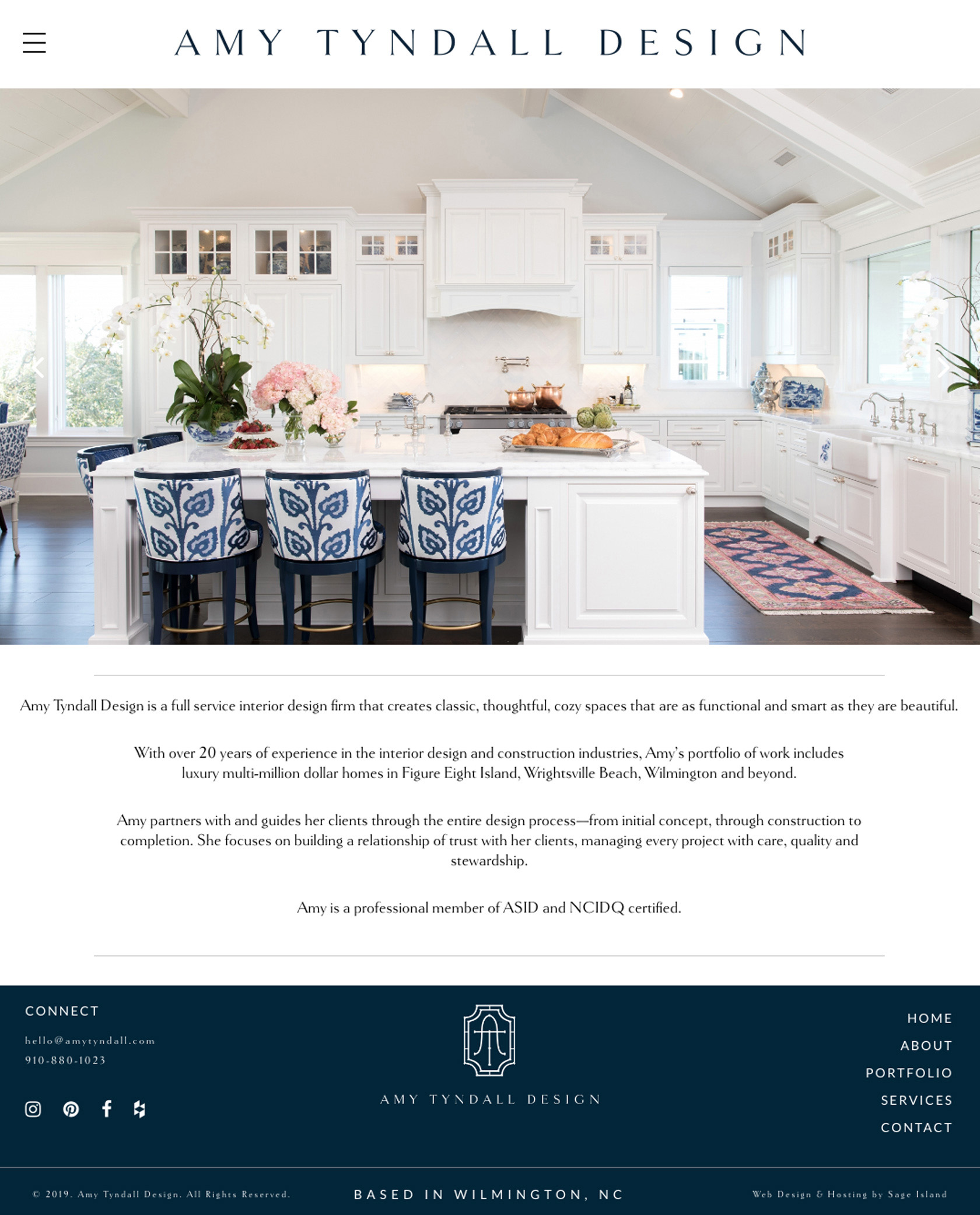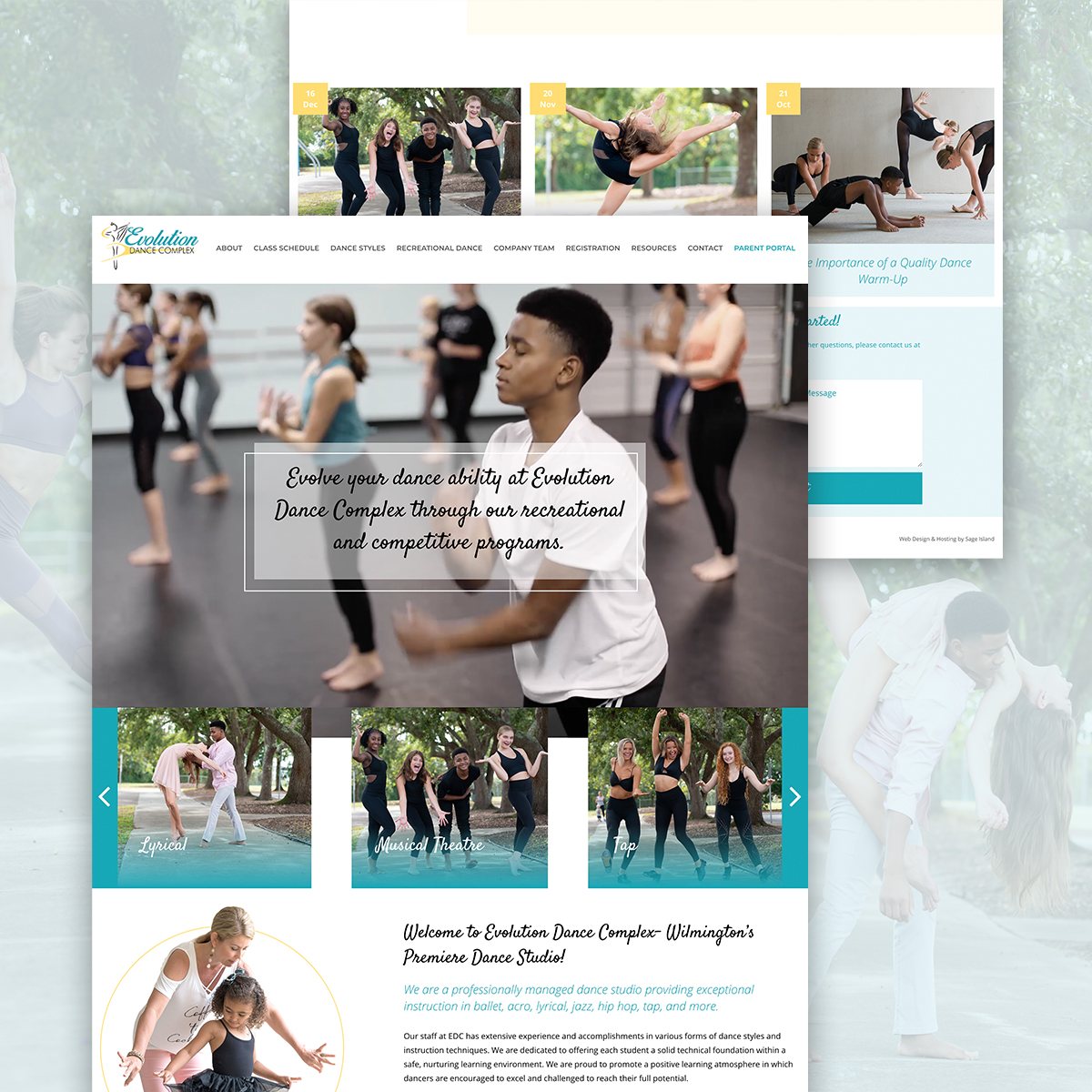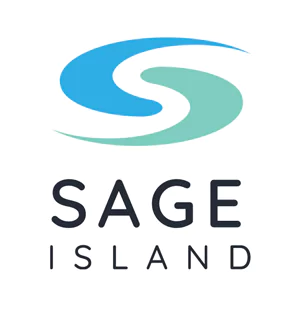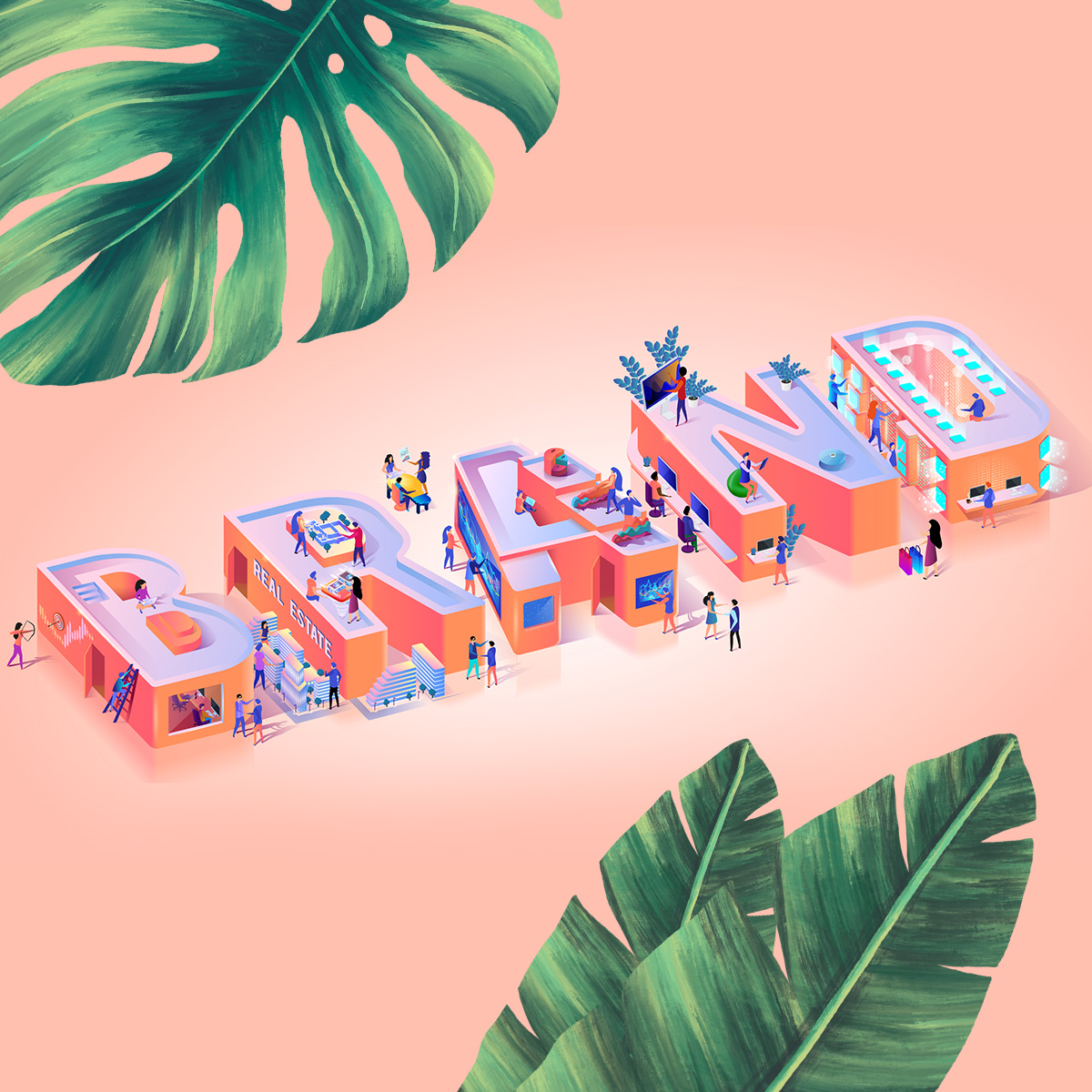It’s estimated that the average American sees between 200 and 300 branding and advertising messages per day.
When creating a digital marketing strategy, closely considering design helps set you apart from your competition and helps your brand stay memorable to customers. How you design your brand – your website, advertisements, and products all communicate a set of values about your company. So, how can you ensure that the design you choose positively impacts your brand identity?
Let’s start by defining what a brand is and isn’t:
- A brand is the set of customers’ ideas about what your company stands for. A successful design indicates your company’s personality and values to your target audience.
- A brand is not just a logo! While a logo is an essential part of your brand, you can’t simply slap a cool logo on your company website and call it a day. The logo should work in conjunction with the other visual aspects to achieve the vibe you want your customers to associate with your company.
- A brand is made up of a brand identity system. Logos, colors, images, typography, and layout are all part of your brand identity system—they are visual cues that work together to convey your company’s personality.
- This final point is crucial and something many don’t realize or fail to execute. When it comes to branding, your content should also match the tone and objective set by your design, even though it’s not a visual aspect.
Not everyone is an artist, but it’s essential to think like one if you oversee branding your business. The core purpose of brand design is to elicit a specific emotional reaction from your customers. All your decisions in the brand design process (and there will be many!) should support what you want your customers to feel.
Eye-catching imagery.
Many companies have shifted their design to be all about the image. We’re talking large, eye-catching photos front and center on a webpage rather than the lengthy content of yesteryear. In many cases, this gets fantastic results.
A good image or photo can have an immediate emotional impact on viewers. They associate these feelings with what your brand stands for. For example, Sage Island designed a website for Fiore Fine Flowers:

Images are crucial to selling a visual product, so it’s important to create website features that prominently display imagery and make sure those images are captivating enough to sell the products through the screen.
Use techniques to emphasize the colors and textures without compromising the products’ integrity. It is critical to use images strategically based on your specific brand objectives.
Stunning color schemes.
Colors are also essential, as emotions are already built into them. For example, think about the clean white background and cool blue or green logo design of a healthcare provider. Now contrast that with the red-heavy design of a fast-food restaurant. Each one evokes a very different emotional reaction. The color scheme you choose tells customers a lot about you without you having to say it directly through messaging.
For example, when Sage Island was asked to design a website for interior designer Amy Tyndall, we decided to accentuate it with just the right shade of a crisp navy blue.

Well-organized layouts.
The layout is a part of the design aesthetic too. Although it is generally the realm of programmers rather than designers, it’s still an artistic choice that should be made with your brand’s objectives in mind. Beyond visuals, your site’s organization says a lot about your company.
A healthcare website, for instance, would likely want a clean, traditional layout, as it suggests trust and order. But plenty of other types of businesses can think outside the box with their structure to engage users and indicate what they stand for.
For example, on Evolutions Dance Complex’s new website, we decided to put the menu in a unique block format at the top of the page, suggesting modernity and an innovative spirit. It also allowed us to associate the menu content with Instagram-inspired dance images and video.

For brand identity, leveraging good design across all platforms, networks, and collateral is crucial—even social media. On your company’s Facebook and Twitter profiles, using the logo, images, and color scheme your company is known for will make users feel like they are still with your brand, even though they’ve left your website.
You should plan to redesign your brand periodically—it’s a massive part of staying relevant in your industry. While you don’t want to follow trends blindly, it’s important to keep your look contemporary while staying true to your company’s values and personality.
If you are looking to give your website and your brand a makeover, contact the experts at Sage Island today!

